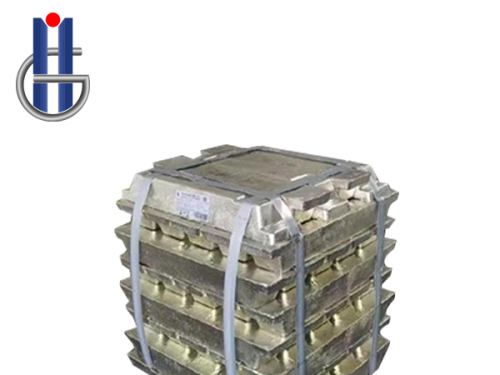Introduction:
Tin ingot factories play a crucial role in the production and supply chain of tin, a valuable metal with diverse industrial applications. This article delves into the key aspects of tin ingot factories, exploring their processes, technological innovations, and contributions to sustainability in the metal industry.
Tin ingot production involves several intricate processes that transform raw materials into refined, market-ready metal. The primary stages include:
Mining and Extraction: Tin is typically extracted from tin-bearing minerals, such as cassiterite. Mining operations are conducted to obtain ore, which is then processed to extract tin concentrate.
Smelting: The tin concentrate undergoes smelting, a process that involves heating it to high temperatures to separate the tin from impurities. This results in the formation of molten tin, which is then cast into ingots.
Refining: Further refining processes may be employed to enhance the purity of the tin, ensuring it meets the required industry standards. This can involve electrolytic refining or other advanced techniques.
Technological Innovations:
In recent years, tin ingot factories have embraced technological advancements to improve efficiency, reduce environmental impact, and enhance overall production capabilities:
Automation: Many modern tin ingot factories utilize automated systems for material handling, smelting, and casting. This not only increases production speed but also minimizes the risk of human error.
Energy Efficiency: Implementing energy-efficient technologies, such as induction heating for smelting, helps reduce the environmental footprint of tin ingot factories. Energy recovery systems are also employed to optimize resource utilization.
Digital Monitoring and Control: Advanced monitoring and control systems enable real-time tracking of production processes. This facilitates quick response to deviations, ensuring consistent quality and minimizing waste.
Sustainability in Tin Ingot Production:
Tin ingot factories are increasingly focusing on sustainable practices to align with global environmental goals. Key sustainability initiatives include:
Recycling: Tin ingot factories are exploring ways to incorporate recycled tin into their production processes, reducing the demand for newly mined tin and promoting a circular economy.
Waste Management: Efforts are made to minimize and responsibly manage waste generated during the production process. This includes the proper disposal of by-products and the recycling of process water.
Environmental Certification: Some tin ingot factories pursue environmental certifications, demonstrating their commitment to sustainable practices. Certifications such as ISO 14001 signify adherence to stringent environmental management standards.
Conclusion:
Tin ingot factories are pivotal players in the global supply chain of this versatile metal. With ongoing technological innovations and a growing emphasis on sustainability, these factories are evolving to meet the demands of a changing world. The integration of automation, energy-efficient processes, and sustainable practices not only enhances the efficiency of tin ingot production but also contributes to the industry's responsible stewardship of natural resources and the environment. As the metal industry continues to progress, the role of tin ingot factories in shaping a sustainable future becomes increasingly significant.



 High Purity Tin Ingot: Crucial Applications and Benefits
High Purity Tin Ingot: Crucial Applications and Benefits
 Pure Tin Ingot: Essential Material for Diverse Industrial Applications
Pure Tin Ingot: Essential Material for Diverse Industrial Applications
 Unlocking the Potential of Pure Tin Bars: Essential Components for Diverse Industries
Unlocking the Potential of Pure Tin Bars: Essential Components for Diverse Industries
 Lead Bar for Sale: Uses, Specifications, and Buying Considerations
Lead Bar for Sale: Uses, Specifications, and Buying Considerations